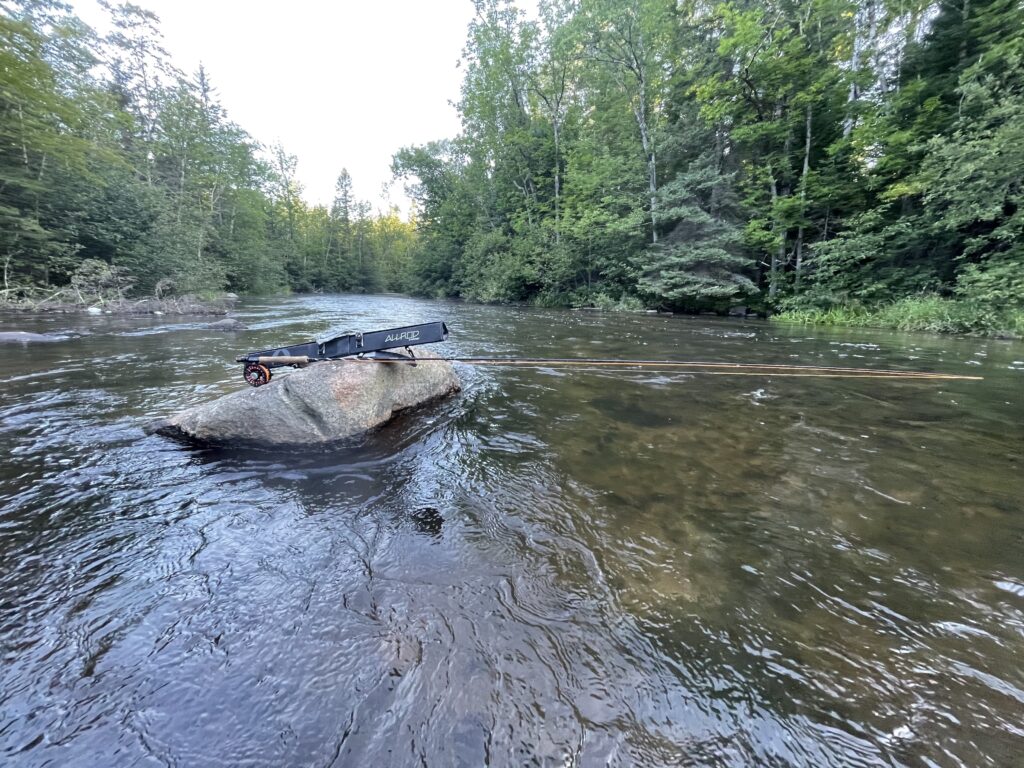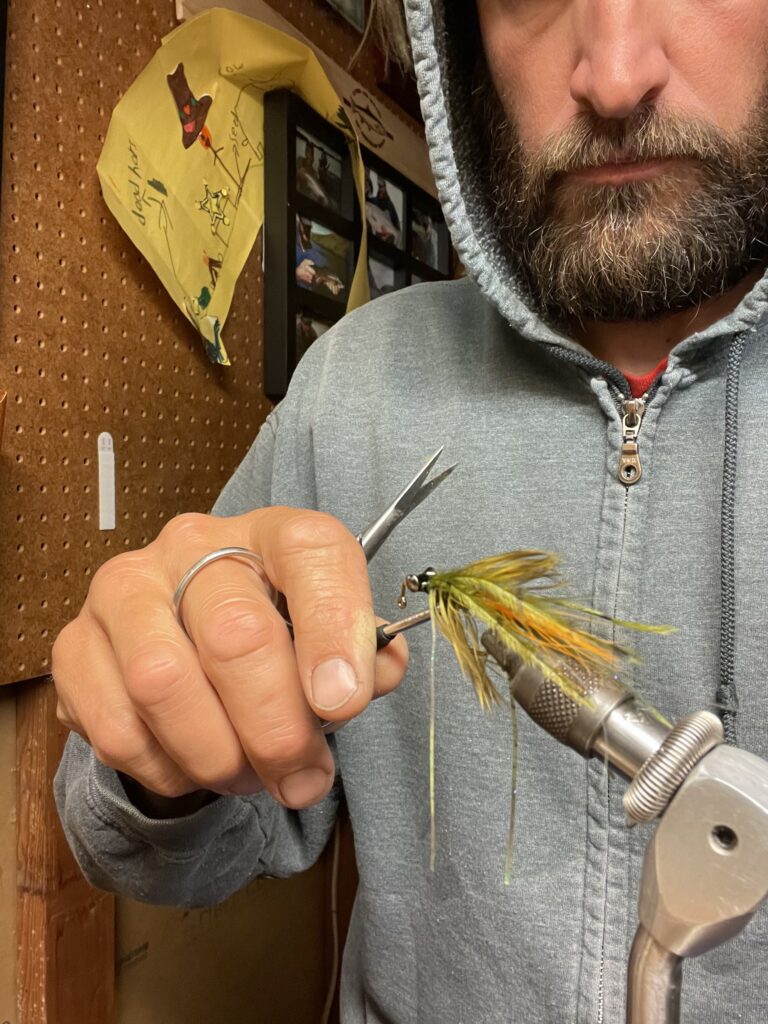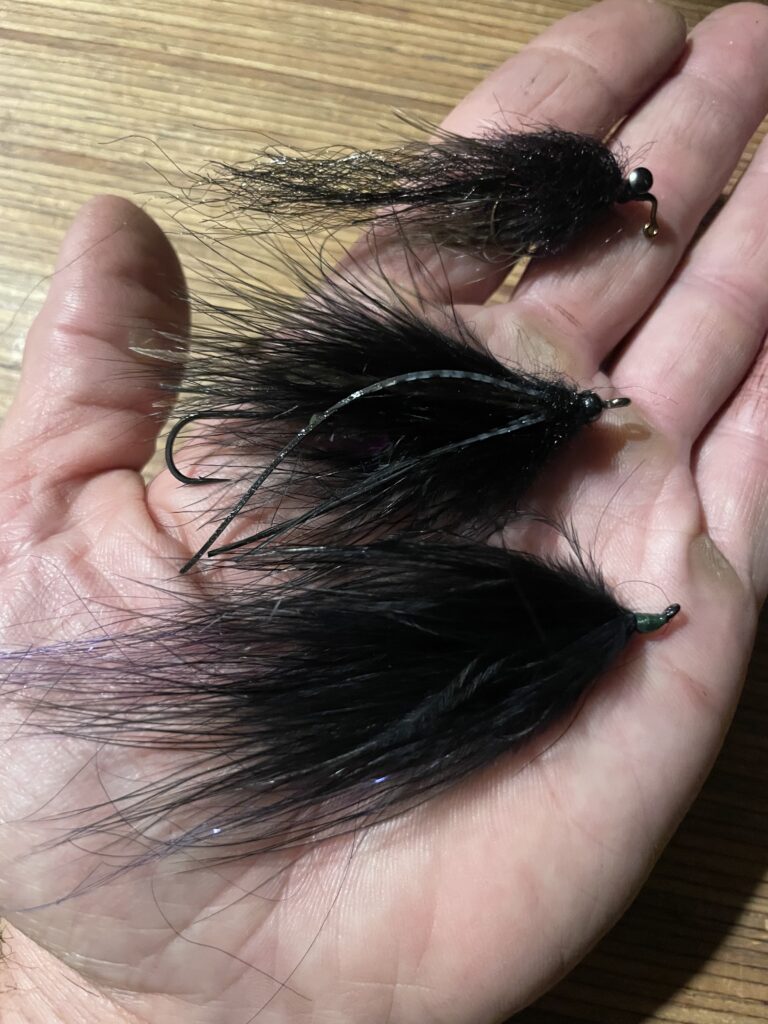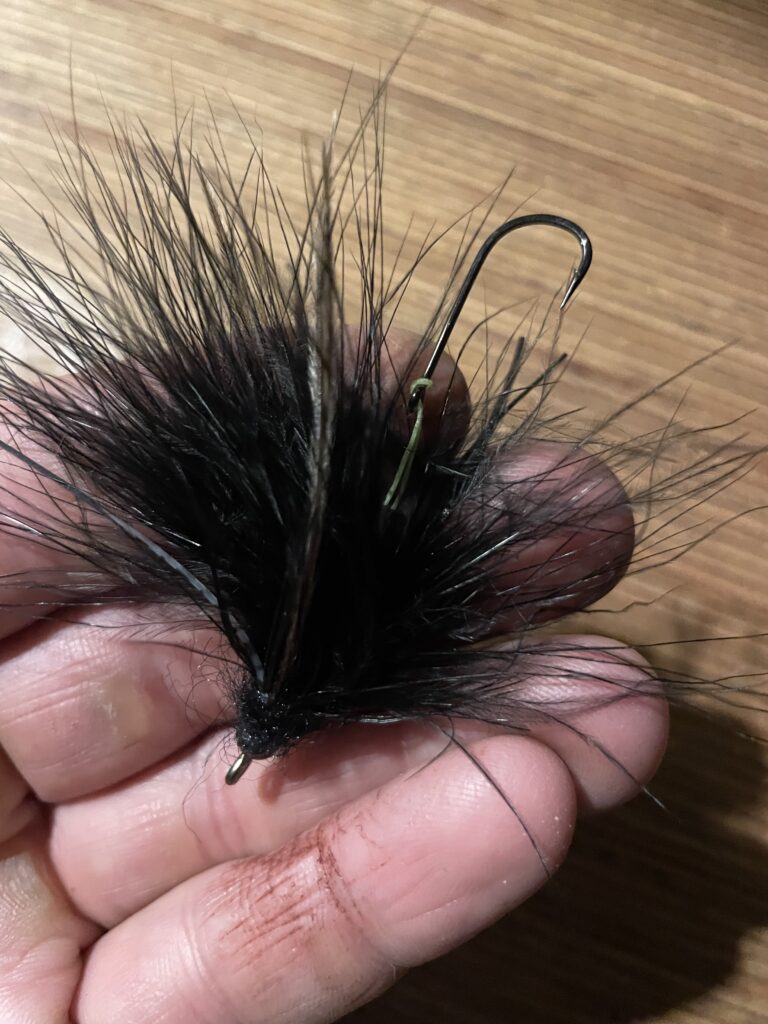Covering the Water Column at the Vise
Prepping for a streamer fishing mission requires more than mimicking popular patterns. Begin by building a fly selection to cover the water column.
The fly tying vise is a billow that stokes the fires of anticipation and excitement. As the embers begin to burn, I’m already covering the water column, envisioning the influence of current on marabou and the potential reaction of the fish to my flies. The “where” matters little, but in this case, I’ve created a fly selection for lake-run browns on a tributary of Lake Superior. It’s a fine case for this study, as the river is largely unfamiliar to me and the advice given arrived plain Jane via my local contact. “The fish eat lampreys, tie black leeches, lots of ’em, you’ll lose a bunch.”http://www.glfc.org/pubs/FACT_3.pdf

When Tying a Streamer Box, Consider the Water Column
There are a multitude of advantages to tying one’s own flies, not least of which is the opportunity to fine-tune the size, profile, and heft of individual fly patterns. For this problem, we’re going to focus on the latter. Whether on a bonefish flat or a steelhead stream, the depth of presentation begins with the fly itself. Sure, fly line is an important consideration in covering the water column and a prepared angler yields several options, but it’s far easier to change a bug than a spool in the face of noses or tails. In the complete fly selection, individual patterns should not only be tied in a variety of sizes but a variety of weights.https://www.youtube.com/watch?v=THfLnwFvSWs

Finding the Fighting Weight in your Streamer Selection
Years ago, on one of my initial forays to Belize, I discovered that I’d made a critical error in construction of my fly box. My Gotchas, Crazy Charlies, and Bonefish Bitters looked just fine and I fooled a few bonefish, but as we continued to explore I found myself needing flies that would stay just in front of a fish’s nose at 2 feet or 12 feet. All of mine were created with the same bead chain eyes, limiting my versatility. Henceforth, I began to tie individual patterns in three weights for the guessing game of fly fishing travel. An easy formula for covering the water column is to tie a batch with dumbbell eyes, a smattering with beadheads, and a skosh unweighted.

Varying Streamer Hook Placement
Now that we have the water column covered, let us consider the fish taking our fly. Seasoned steelhead and streamer anglers pay close attention to hook orientation, determined largely by style of presentation and position of quarry on the food chain. Streamers are either dead-drifted, stripped, or swung. https://cd-fishing.us/flyfishing/allfly-ultimate-plus/ Anadromous fish tend to investigate flies and bite whereas resident predators kill flies. As lake-run brown trout fall somewhere between, I’ve varied my hook and hook placement throughout my box. Those flies intended for stripping are tied in the standard fashion, with the hook towards the head of the pattern. For dead-drifting, its damn hard to beat a jig hook and dumbbell eye combo for covering the water column. In general, my swung flies have the hook at the rear of the profile secured by a loop of Berkely Fireline https://www.berkley-fishing.com/fireline-original-1316955.



